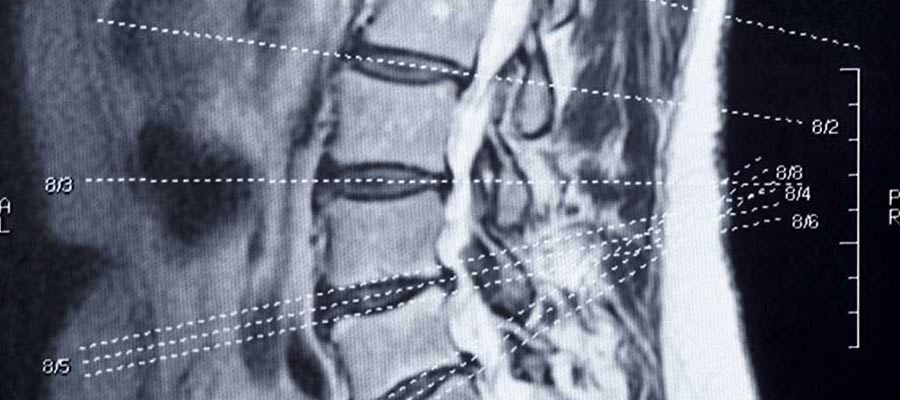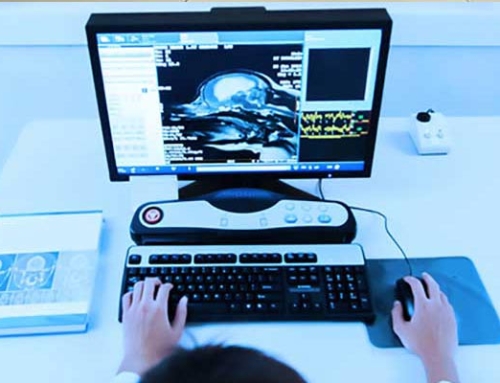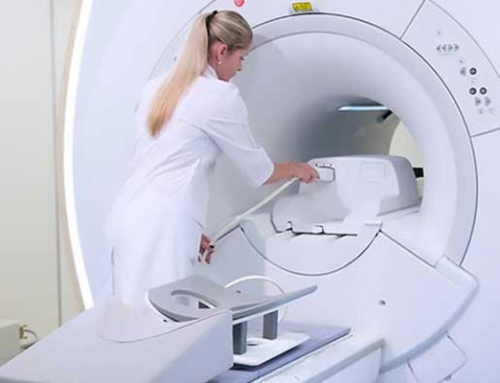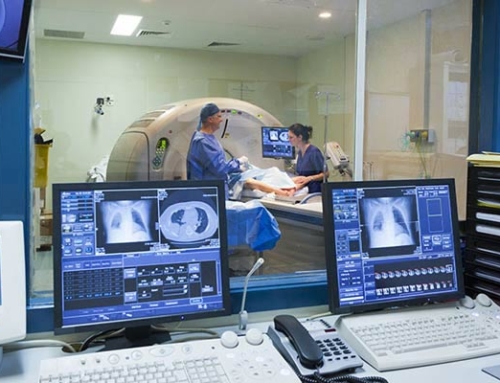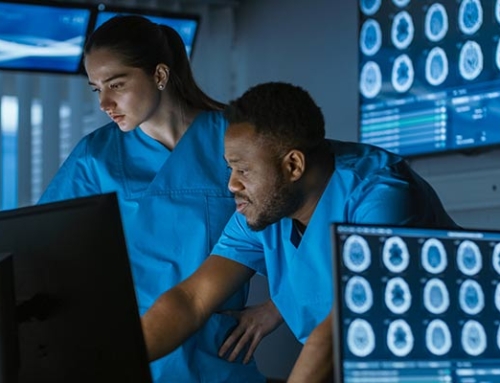Yes – If you become an MRI technologist, there is normally a higher annual compensation than any other radiography position. You’ll learn how to use specific parameters and conduct comprehensive procedures to capture imaging of the body’s muscles, nerves, bones, and fluid. MRI tech programs will teach you fundamental and advanced knowledge to understand and execute proper diagnostic techniques.
To become an MRI technologist, you must first earn a certificate from a JCERT-accredited radiologic program, followed by advanced certification in MRI. The MRI program that you choose should be recognized by the ASRT and approved as Structured Education by the ARRT. To best equip you with the proper tools, you should find a program that offers clinical training that is inclusive of tuition.
Who Can Enroll in MRI Tech Programs?
If you enroll in MRI tech programs today, you will dive deep into patient care, MRI screening & safety, physics, pulse sequence design, MR parameters, and of course, comprehensive sectional anatomy. After learning all content and passing all tests, clinical training should begin, and you should take the didactic skills learned and develop practical skills. It’s important to choose MRI tech programs that are approved by the ARRT.
Sonographers, NMTCB technologists, and Radiation Therapists who are currently practicing as certified or licensed radiologic technologists can take MRI tech programs. If you’re working as a diagnostic imaging professional under ARDMS, ARRT, or NMTCB, then it’s very easy for you to advance your career as an MRI technologist through the ARRT Post Primary Pathway.
How to Get an MRI Certification
Many states require MRI technologists to hold either a certificate or license to practice their profession. The requirements may vary for each state, but the level of training and experience is generally the same. Radiologic technologists who want to advance to MRI technologists should enroll in a program that will help them pass the few documented imaging exams to qualify for the licensure or certification exam.
The first step in earning MRI certification is earning an associate’s or bachelor’s degree from a JCERT-accredited program in radiography. Once you pass your ARRT radiography registry, you are then deemed registered with the ARRT and are not eligible to pursue post-primary certification in many specialties, with MRI being the main focus nationally. You must enroll in a 16-hour ARRT-approved program and complete ARRT Clinical Requirements.
What is a normal day in the life of an MRI Technologist?
MRI technologists screen and scan patients according to specific rule-outs by adjusting parameters and sequences to best visualize detailed anatomy. It is not that easy. MRI technologists need to communicate with moving patients and, in some cases, be a rock for claustrophobic patients. Therefore, you need to possess high empathy and understanding but be goal-focused. You will also be tasked to help patients who are disabled or have difficulty moving on their own.
MRI technicians normally explain the procedure to the patients before and sometimes during the exam. They also need to take a thorough patient history before the exam. They’ll work closely with doctors to determine which areas of the body must be imaged and know whether the images produced are optimal enough to make a correct diagnosis. MRI technologists also inject patients with gadolinium contrast agents in preparation for procedures involving infection, masses, or post-surgical issues. Also included in their responsibilities is maintaining the usability of the imaging equipment so that it can take accurate diagnostic images at all times. If you think you have what it takes, contact Pulse Radiology and find out more about online MRI tech programs today.
More Info Related to MRI Training

